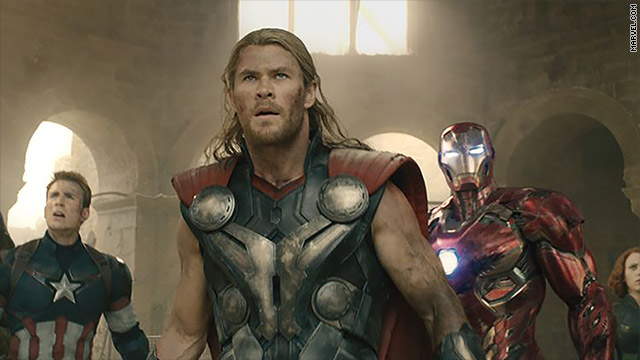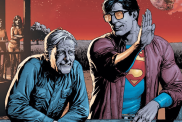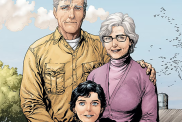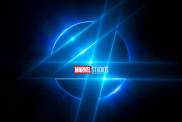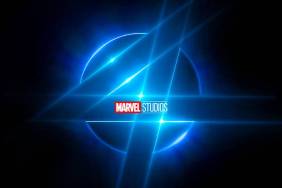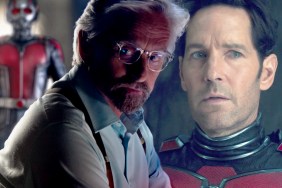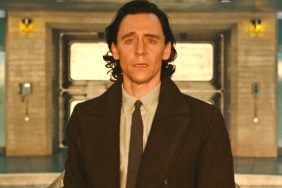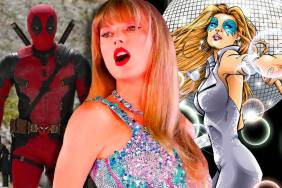To celebrate Avengers: Endgame’s release, we’re taking a look back at the entire MCU. Entry by entry. Our goal with this retrospective is to trace the footsteps of Marvel Studios. And in doing so, to understand the decisions made along the way to becoming a Hollywood powerhouse.
A Heavy Plate
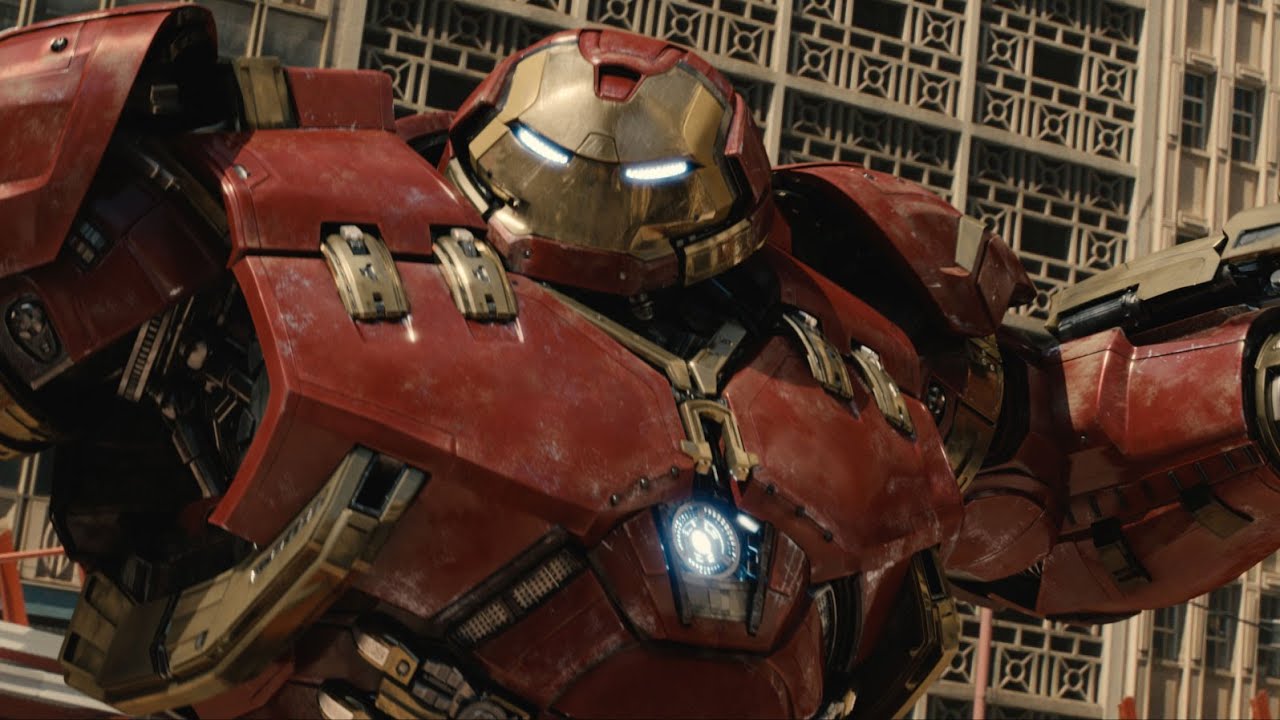
Marvel Studios’ landmark 2014 boasted the one-two punch of Captain America: The Winter Soldier and Guardians of the Galaxy. 2015, by contrast, became the year that nearly ruined the MCU. As the follow-up to the cultural and box office phenomenon known as The Avengers, Avengers: Age of Ultron already had a lot on its plate. Marvel naturally intended the sequel to be the culmination of Phase Two, but it also had to set up narrative threads defining the endgame of the MCU.
More importantly, the sequel needed to serve as a standalone piece that would feel like a worthy follow-up the original. Avengers: Age of Ultron delivers on most of these elements in the moment, but it has too much to accomplish in one story. So much so that it completely broke Phase Two’s primary architect in Joss Whedon. To understand how the immense pressure of Avengers: Age of Ultron culminated in Whedon’s departure from Marvel Studios, we have to jump back to 2012.
Joss Sticks
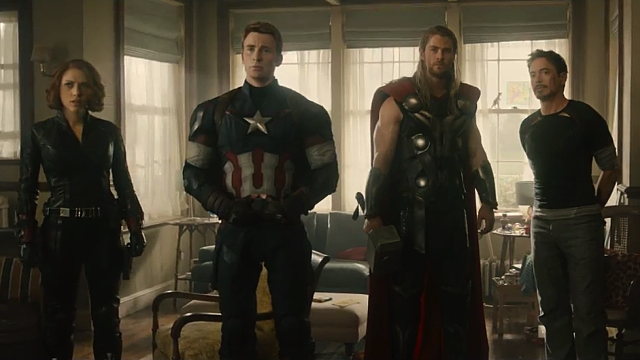
The Avengers became the third-highest grossing film of all time upon its release, guaranteeing a sequel. Marvel announced the follow-up a mere four days after the original’s release. They had already contracted most of the cast, but a few loose ends remained in securing key returning talent. Although Kevin Feige revealed that Whedon already had an option to return for the sequel, the director originally felt unsure. He expressed interest in telling a “smaller, more personal story,” but remained hesitant due to the production demands of the fast-tracked sequel.
Despite this, Whedon signed a massive contract in August 2012 that, in many ways, contributed to his creative exhaustion. Not only did he agree to write and direct the sequel, but the filmmaker also signed on to head the development of Agents of S.H.I.E.L.D. on ABC. Additionally, he became the primary creative consultant for all of the Phase Two slate of films. The filmmaker called the decision “an easy no and it was a spectacularly easy yes.” Especially considering that Marvel Studios could have forced his return with the aforementioned contractual option. Whedon hoped for more time in pre-production, yet Avengers 2 was officially dated for a May 2015 release soon thereafter.
Ultron Mega OK
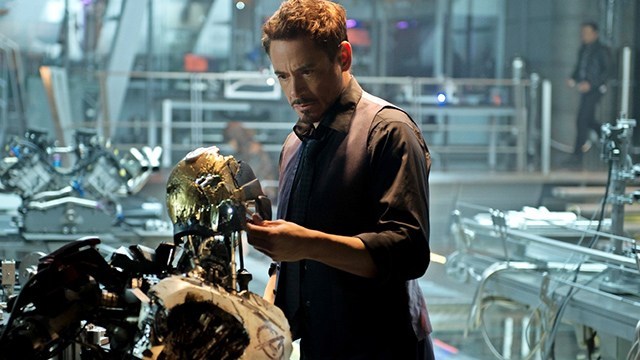
While Whedon outlined the film’s script, the studio’s attention turned to securing Robert Downey Jr’s return. Although the actor extended his original contract to include his first four appearances, he hadn’t yet agreed to the sequel. By the time Iron Man 3 premiered in May 2013, Whedon completed an outline that he wrote with Downey in mind. Additionally, the filmmaker hinted at a “brother/sister act” from the comics, which ended up being Quicksilver and Scarlet Witch. A month later, Downey completed negotiations to return for both the sequel and what eventually became Avengers: Infinity War. At the film’s Comic-Con panel later that same year, Marvel revealed the title as Avengers: Age of Ultron. This came as surprise to fans, considering the tease of Thanos at the end of the first film.
Whedon contended that he never intended Thanos as the villain of the sequel, but rather the “overlord of villainy and darkness” in this cinematic universe. While Ultron had always been the plan, the film’s title wouldn’t necessarily be indicative of the 2013 comics storyline of the same name. Marvel Studios tends to stick relatively closely to the core elements of the stories they adapt from the comics, but not this time. Kevin Feige also confirmed the sequel as “borrowing” the title, while culling story elements from decades of Avengers comics. Ultron’s origin differed from the source material, even though the essence of the character remained. Whedon eventually took heat for the lack of Hank Pym’s inclusion in the creation of Ultron. However, the reasoning ended up making sense considering that he already overstuffed the movie with new characters.
The Amazing Spader-Man
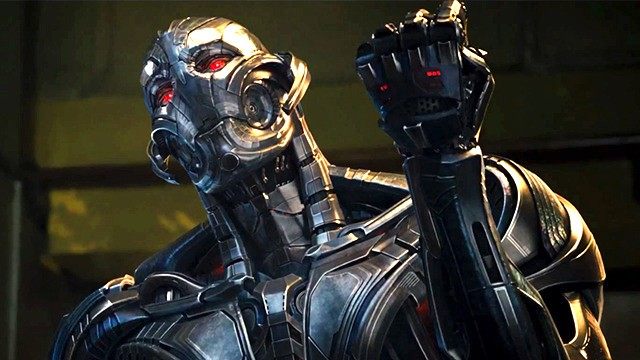
As pre-production began, attention turned to filling out Avengers: Age of Ultron’s supporting cast. First up: the villain himself. Marvel eventually gave the role to James Spader. This extremely inspired casting choice makes the film. Whedon called the eccentric and respected actor “the first and only choice for the role.” In late 2013, Aaron Taylor-Johnson and Elizabeth Olsen joined the cast as Quicksilver and Scarlet Witch, respectively. While Marvel shared the rights for these characters with 20th Century Fox, Whedon included them in the film through a loophole of not referencing them as mutants, but rather “enhanced.” Olsen eventually proved to be a crucial component of the MCU moving forward. However, Taylor-Johnson’s Quicksilver received the short shrift. It’s not that the character is mishandled in this film, but that X-Men: Days of Future Past ultimately outshined Taylor-Johnson’s portrayal. All while Age of Ultron was in production, too.
Finally, casting perhaps the film’s most important new addition (the Vision) proved relatively easy. Vin Diesel expressed interest in playing the character before becoming the voice of Groot, but Whedon had a different plan. According to his director’s commentary on Avengers: Age of Ultron, he had the idea to cast Paul Bettany in the role. In a simple but brilliant decision, Bettany’s Vision became a natural evolution of his voice of J.A.R.V.I.S. in the Iron Man films. Despite these inspired bits of casting, the true breaking point for Whedon came during production and post-production on the project.
Caving in
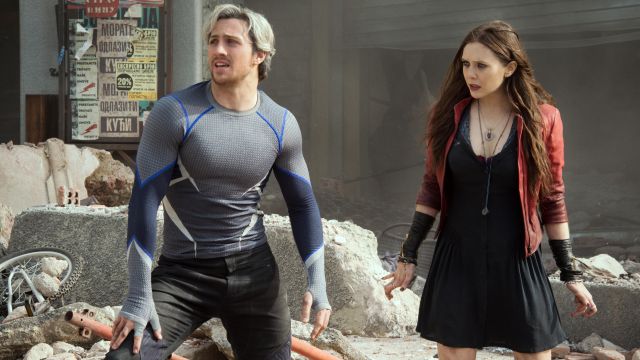
In February 2014, Avengers: Age of Ultron entered production. It had perhaps one of the most brutal shooting schedules that the studio had embarked upon up to this point. With a reported budget of $365 million, the second-most expensive production ever turned out much more complicated than intended. Whedon lamented the production process of the film, later saying that making the sequel was a “nightmare” for multiple reasons. He called introductions of these new characters the “hardest juggling act” he had ever attempted. Whedon took full responsibility for being complicit in the decisions, though he also later admitted he was “beaten down by the process.” Eventually, he felt like a “miserable failure” after completing the film, which he calls “absurdly personal.”
Despite this, the final nail in the coffin for the filmmaker occurred during post-production. Upon Avengers: Age of Ultron’s release, Whedon was pretty vocal about the conflicts that arose during the editing process. With an unmanageable 195-minute original cut, a few sub-plots naturally had to go. According to Whedon, the studio-mandated sequence of Thor and Selvig in the cave did not originally play well with test audiences. They managed to dramatically shorten it, but Whedon ultimately felt the scene was tonally out of place. Even Loki’s original inclusion in that scene ended up being cut. The Marvel Studios brass disliked the inclusion of the Scarlet Witch dream sequences, and the scenes at Hawkeye’s farm. Whedon fought to keep these in the film. However, the Marvel executives forced him to make a choice.
Messy Art
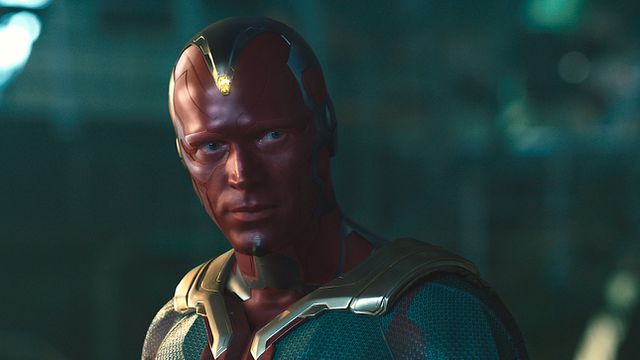
In the filmmaker’s own words, “They pointed a gun at the farm’s head and said, ‘Give us the cave, or we’ll take out the farm’ — in a civilized way.” At this point, the studio made things “really, really unpleasant” for Whedon. He felt so beaten down that he started to question the movie that he was making. Whedon originally intended to make a big-budget art movie, but the film quite literally broke Joss Whedon. It’s pretty clear that Avengers: Age of Ultron is Whedon’s film, even if it didn’t meet his expectations as a storyteller. The lack of cohesion is absolutely tangible when you watch the movie. The film is a bit of a mess, but a glorious $365 million mess of a Whedon art film nonetheless.
Related:
Guardians of the Galaxy – MCU Retrospective Part 10
Thor: The Dark World – MCU Retrospective Part 8
Iron Man 3 – MCU Retrospective Part 7
The Avengers – MCU Retrospective Part 6
Captain America: The First Avenger – MCU Retrospective Part 5
Thor – MCU Retrospective Part 4
Iron Man 2 – MCU Retrospective Part 3
